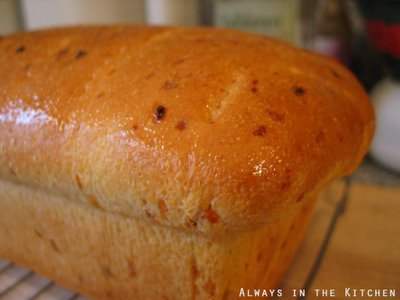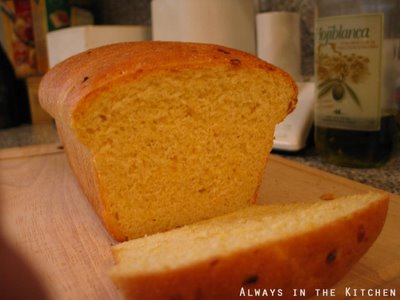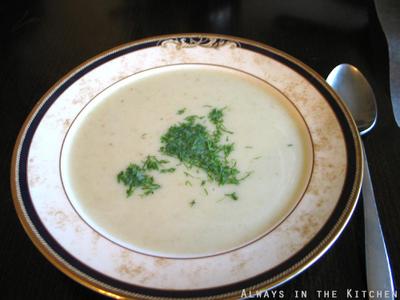
I eat rather a lot of beans, for someone who grew up with beans primarily in chili or occasionally in the Boston Baked family of dishes. I embraced garbanzos for hummus, the Southwestern American tradition of adding black beans to just about anything, black or pinto beans for refried beans at breakfast, lunch, or dinner, and flageolets for cassoulet. Got exciting variants, like Romano beans, Cranberry beans, Pink-eyed peas? Anasazi beans? Bring 'em on. I do like beans.
I also eat a lot of rice, partly because I came late to some of the great rice-based cuisines, and am now making up for lost time. The New Orleans classic, Red Beans and Rice, was a happy combination of these two ingredients and led to other discoveries such as Moros & Cristianos, and, at long last, Jamaican Rice and Peas. At first, I was a little concerned about the title "Rice and Peas" because I'm notoriously unfriendly toward the green garden variety of pea (unless a)
raw, b)
whole, such as snow-peas, or c)
as split pea soup). From there, I confess to being a little confused, when the pea-component of the dish turned out to be considerably more bean-like in character, often being made with kidney beans. I'll happily eat kidney beans, so there was no worry about it, but it didn't entirely make sense to me.
Eventually, I discovered that the traditional pea used in Jamaica is the Pigeon Pea, which is a brown, oval bean originating in Africa. At last, I was able to align the Pigeon Pea with the Black-Eyed Pea in my mind, and came to a sort of understanding.

The thing that makes Jamaican Rice and Peas so very appealing is that it is quite spicy, and contains coconut milk, another ingredient I have come to love. Additionally, Rice and Peas is a one-pot dinner, which makes clean-up a quick affair.
There are as many Rice and Pea recipes as there are cooks who make it, like national dishes the world over. This one is adapted from
Full of Beans by the delightfully named Violet Currie and Kay Spicer. It's a lower-fat version than many you'll find, but the flavour is fantastic. I use Kidney beans, as the recipe suggests. Pigeon peas are difficult to come by, in this neck of the woods. Usually, I make this as a side dish and omit the ham, which makes it vegetarian/vegan.
Jamaican Rice and Beans
adapted from
Full of Beans by Violet Currie and Kay Spicer
1 teaspoon canola oil
1 medium onion, diced
2 cloves garlic, minced
2 cups cooked kidney beans (drained and rinsed, if canned)
160 ml coconut milk
1 cup diced ham (optional)
1/2 teaspoon hot sauce of your choice (habanero would be very appropriate)
1/2 teaspoon thyme
1/2 teaspoon cayenne powder
1/2 teaspoon salt
1/2 teaspoon pepper
1/4 teaspoon ground sage
1/4 teaspoon ground allspice
1 cup uncooked rice (I use parboiled for this dish)
1 medium red bell pepper, diced (optional)
sliced green onions to garnish
In a medium pot with a tight-fitting lid, cook the diced onion, garlic in the canola oil until it starts to turn translucent. Add the beans, coconut milk, ham (if using), and spices, and bring to a boil. Let cook, stirring, for about a minute, and then add the rice and 1 & 1/4 cups boiling water. Bring the mixture back up to a boil, stirring, then immediately cover. Turn down the heat to a
bare simmer and leave undisturbed (no peeking!) for 25 minutes. When it is done, stir gently and fold in the bell pepper garnish. Sprinkle with green onions and serve.











 During the above stage, the top-crust was partially rolled out and resting in the freezer. After I got the filling in and smoothed out, I took the top-crust out, let it sit on the counter for a moment, and then finished rolling it out.
During the above stage, the top-crust was partially rolled out and resting in the freezer. After I got the filling in and smoothed out, I took the top-crust out, let it sit on the counter for a moment, and then finished rolling it out.







